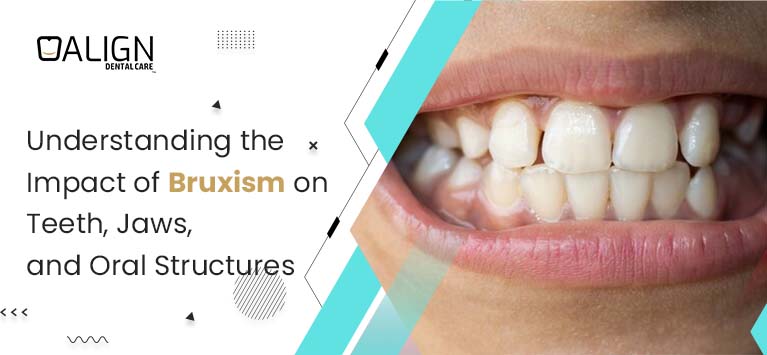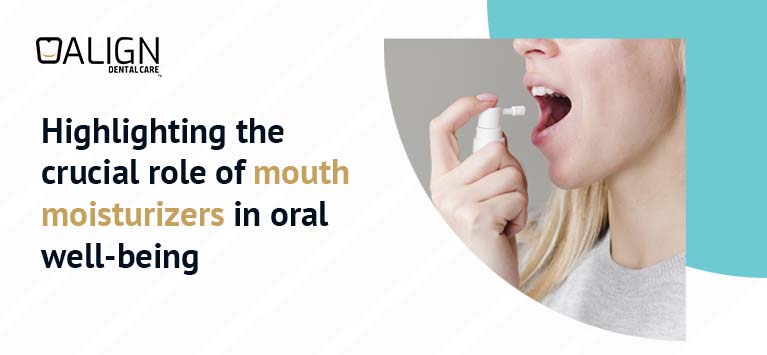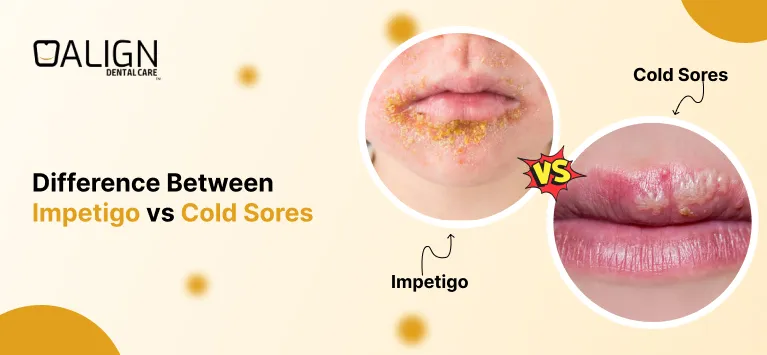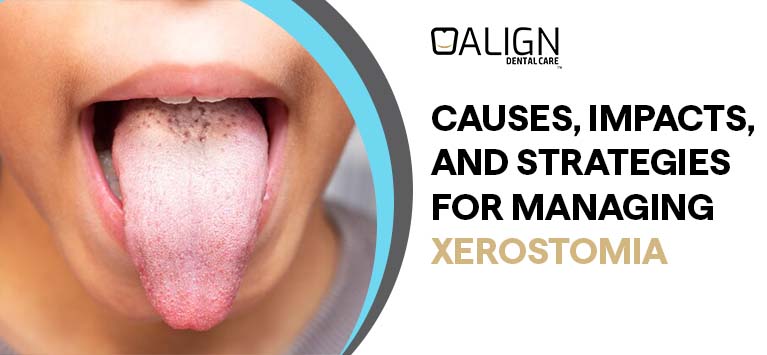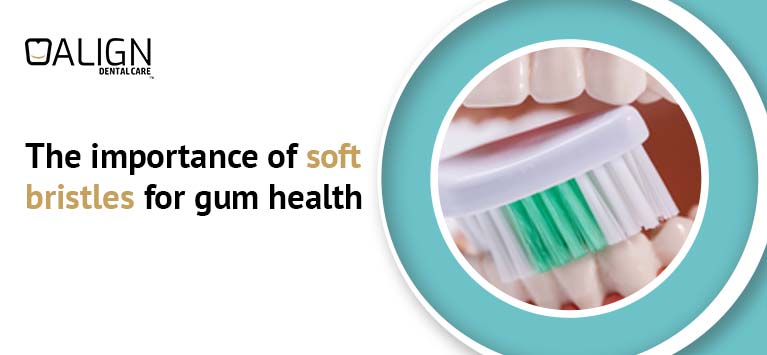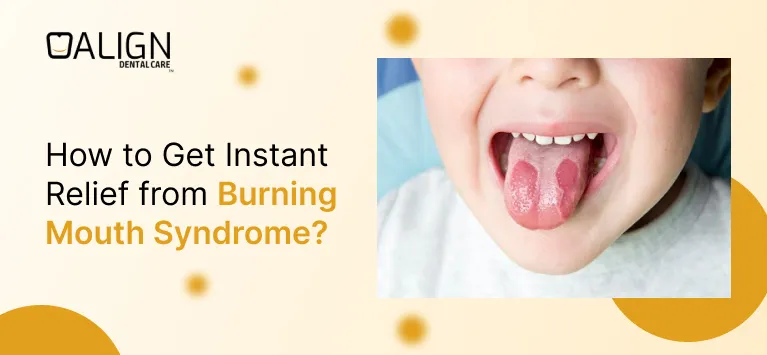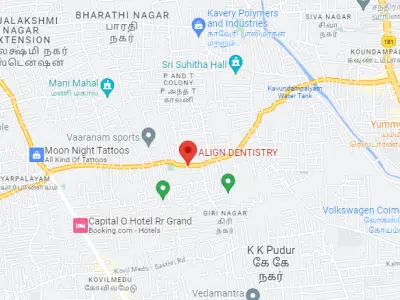
Dry Socket After Tooth Extraction: What You Need to Know?
Table of Contents
What Is Dry Socket?
Dry socket, or alveolar osteitis, happens when the blood clot at the extraction site dissolves or gets dislodged before complete healing. This exposes the bone and nerves underneath, leading to intense pain and delayed healing.
Normally, after a tooth extraction, a clot forms to protect the area and promote recovery. But in dry socket after tooth extraction, that protection disappears, creating an open wound in your jawbone.
Understanding what is dry socket helps you take quick action to treat or prevent it. It’s not just a minor inconvenience—it’s a painful setback in your recovery. If left untreated, the exposed area can become a breeding ground for infection and increase healing time significantly.
What Does Dry Socket Look Like?
If you’re wondering what does dry socket look like, it’s usually a visible empty socket where the blood clot is missing. You may see:
- White or yellowish bone exposed
- No dark red blood clot
- Possible food debris stuck in the socket
You can find pictures of dry socket, dry socket images, dry socket photos, and dry socket pictures online. Comparing your socket with dry socket pics might help you identify early signs—but it’s always best to consult a dentist.
What sets a dry socket apart from a normal one is the visibility of bone. Normally, you’ll see a dark, clot-covered area, but in a dry socket, the white bone is obvious. It may also look shallow, dry, and surrounded by greyish tissue. These visual clues are important, especially if you’re trying to spot a dry socket in mouth without immediate access to a professional.
Dry Socket Symptoms
Dry socket symptoms usually appear 1 to 3 days after tooth removal. Common signs of dry socket and symptoms of dry socket include:
- Throbbing pain that spreads to the ear, eye, or temple
- Bad breath or foul taste
- Visible empty socket
- Pain that worsens instead of improving
Identifying these dry socket symptoms early helps you seek treatment before complications worsen. In addition, the pain associated with dry socket is typically much more severe than normal healing pain. It may also come with inflammation or swelling of nearby lymph nodes, adding to the discomfort.
What Does Dry Socket Feel Like?
Many patients ask, what does dry socket feel like? The pain is sharp, deep, and may radiate to the side of your face. It worsens over time and doesn’t improve with standard painkillers.
If you’re experiencing persistent, increasing pain after day 3, it’s worth asking, how to know if you have dry socket—and getting it checked immediately.
Sometimes, the pain can be mistaken for normal healing, especially during the early stage dry socket phase. But unlike routine healing, dry socket pain becomes more severe and is unrelieved by medication.
It may also disrupt your ability to eat, sleep, or concentrate. The radiating nature of the pain, especially toward the ears or eyes, can cause headaches or jaw tension. Patients often describe it as a “pulsating” or “burning” pain that does not go away even with rest or time.
Causes of Dry Socket
Several things can cause dry socket:
- Smoking: Affects clot stability and oxygen supply
- Spitting or using a straw: Increases pressure and dislodges the clot
- Poor oral hygiene
- Trauma during extraction
- Hormonal birth control pills
- History of dry socket
Let’s address the smoking dry socket myth: it’s not a myth—smoking significantly increases your risk of dry socket due to decreased blood supply and clot breakdown.
The truth is, what causes dry socket is often preventable, especially if you avoid common triggers like smoking, suction pressure, and poor cleaning routines.
How Common Is Dry Socket?
According to studies:
- It occurs in 2–5% of all tooth extractions
- It rises to 20–30% for wisdom teeth
- Smokers are 3–4 times more likely to develop it
This means dry socket after wisdom teeth removal is more common than with other teeth, especially if postoperative care is not followed.
Can You Get Dry Socket with Stitches?
Yes, you can. While stitches may reduce the chance, they do not eliminate the risk. So even if your wound was sutured, it’s still possible to develop a dry socket after tooth extraction.
As a result, can you get dry socket with stitches? Absolutely—which is why aftercare is crucial. Stitches only close the soft tissue around the extraction site; they don’t guarantee the internal blood clot will stay intact. Any sudden pressure, vigorous rinsing, or suction force can still dislodge the clot beneath the stitches.
Following your dentist’s advice post-surgery is essential, even if the area was sutured. Avoiding disturbing activities, such as drinking from straws or smoking, remains critical.
Is Dry Socket Dangerous?
It’s not life-threatening, but it can lead to
- Delayed healing
- Risk of infection
- Persistent pain
The condition can affect your ability to eat, speak, and sleep. If ignored, it may prolong the healing process and increase the risk of bone infection.
More seriously, an untreated dry socket can result in osteomyelitis, a bacterial infection of the jawbone. Although rare, it is a potential complication that could require more intensive treatment, such as antibiotics or surgery. This is why early identification of signs of dry socket and proper care are essential.
When Is Dry Socket No Longer a Risk?
You’re usually in the clear 7–10 days after extraction, when the socket starts to close. So, when is dry socket no longer a risk? After about a week, especially with no pain and visible healing.
This also ties into when can I stop worrying about dry socket—once your dentist confirms proper healing.
How Long Does Dry Socket Last?
Without treatment, dry socket pain can last 7–10 days. With treatment, the pain reduces in 1–2 days, but full healing might take a week. So, how long does dry socket last? It depends on how fast you seek help.
If you ask, how long does it take for a dry socket to heal, the usual range is 7–10 days with proper treatment.
Does Dry Socket Heal on Its Own?
Sometimes yes—but it’s usually very painful. Most dentists recommend medicated dressing, pain control, and cleaning the site for proper healing.
Trying to let a dry socket heal without help may delay recovery and increase discomfort.
Dry Socket Treatment
Dry socket treatment often includes:
- Flushing the socket to remove debris
- Medicated paste to ease pain
- Painkillers
- Follow-up visits for re-dressing
You may also try dry socket treatment at home using:
- Warm saltwater rinses
- Cold compress for swelling
- OTC pain meds
But always follow your dentist’s advice for the best outcomes.
How to Fix Dry Socket?
If you’re wondering how to fix dry socket, here’s what helps:
- See your dentist quickly
- Get professional cleaning and dressing
- Avoid smoking or disturbing the area
- Use pain relief as prescribed
Prompt care ensures quicker healing and less pain.
Dentists typically place medicated dressings into the socket, which not only reduce pain but also promote healing. These dressings might be replaced every few days depending on the severity of your condition. Your dentist may also prescribe antibiotics if there’s a risk of infection.
You might be advised to irrigate the area gently at home using saline or medicated rinses. This process helps remove trapped food and bacteria and keeps the area clean.
Ignoring the symptoms or delaying treatment could turn a treatable condition into a prolonged oral health issue.
How to Avoid Dry Socket
Prevention is the best cure. Here’s how to avoid dry socket:
- Avoid straws and spitting for 3–5 days
- Do not smoke
- Rinse gently with salt water
- Stick to soft foods
- Maintain oral hygiene carefully
- Avoid touching the area with tongue or fingers
Especially after wisdom teeth removal, follow these closely. These also help you avoid partial dry socket.
Dry Socket Self-Care
Here’s some dry socket self-care you can follow:
- Use warm saltwater rinses
- Take OTC painkillers
- Avoid hard or spicy foods
- Drink plenty of fluids
- Keep the mouth clean
- Avoid smoking and tobacco
These help reduce pain and promote healing.
Can Swallowing Cause Dry Socket?
No, normal swallowing doesn’t cause dry socket. However, forceful spitting or sucking actions (like with straws) might. So the answer to whether swallowing can cause dry socket is no, unless combined with suction pressure.
Conclusion
A dry socket can cause intense discomfort and delay recovery. But with awareness of dry socket symptoms, understanding what does dry socket feel like, and knowing how to avoid dry socket, you can protect your healing process.
If you suspect a dry socket after wisdom teeth removal or any other extraction, don’t wait. Recognising the signs of dry socket early allows for timely dry socket treatment.
With proper dental care, gentle oral hygiene, and avoiding risky behaviours, your socket can heal without complications.
Stay proactive—and when in doubt, always ask your dentist.








